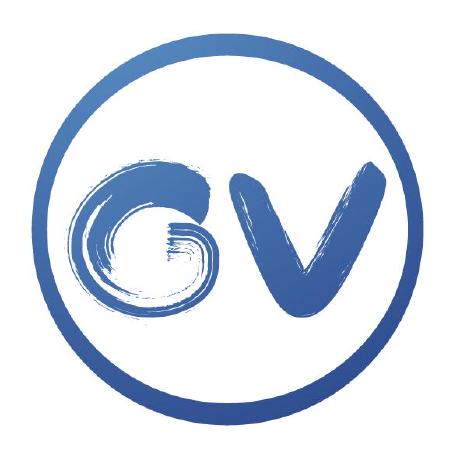Discover and explore top open-source AI tools and projects—updated daily.
EvoSkeleton by  Nicholasli1995
Nicholasli1995
Monocular 3D human pose estimation with evolutionary data
Top 81.4% on SourcePulse
EvoSkeleton provides the official implementation for a CVPR 2020 paper on monocular 3D human pose estimation. It tackles inferring 3D poses from single images using a cascaded deep learning architecture and evolutionary training data synthesis. This project offers researchers advanced techniques for state-of-the-art 3D pose estimation.
How It Works
The system employs a cascaded 2D-to-3D lifting strategy, refining 2D keypoints into 3D skeletons. A key innovation is using an evolutionary algorithm for novel training data discovery, enhancing model robustness. It also features a high-resolution heatmap regression model for accurate 2D pose estimation, foundational for 3D lifting.
Quick Start & Requirements
- Setup requires a Python 3.6 environment, ideally using Anaconda and the provided
spec-list.txt. - Key dependencies: Python 3.6, Numpy 1.16, PyTorch 1.0.1, CUDA 9.
- Pre-trained models and usage instructions are available via linked sub-pages.
- Official Paper: [Link to Paper]
- Presentation Video: [Link to Video]
Highlighted Details
- Achieves superior Human3.6M performance, outperforming Martinez et al. (ICCV'17) on key metrics (e.g., Protocol #1 Avg. 49.7 vs 62.9).
- Improves 2D pose estimation accuracy (4.4 pixels error) over CPN (CVPR'18) on Human3.6M.
- Introduces the novel "Unconstrained 3D Human Pose in the Wild (U3DPW)" dataset via an interactive annotation tool.
- The evolutionary training data methodology offers a unique strategy for boosting model generalization.
Maintenance & Community
- Released v1.0 on April 8, 2021, enhancing pre-trained model support.
- Community interaction is via GitHub "discussions" (Q&A) and "issues" (technical problems). No direct links to community platforms are specified.
Licensing & Compatibility
- Repository code is MIT licensed.
- Use of third-party datasets (Human 3.6M) and tools (SMPLify) is subject to their licenses, potentially restricting commercial application.
Limitations & Caveats
- Reliance on outdated dependencies (Python 3.6, PyTorch 1.0.1) hinders integration with modern stacks.
- Commercial usage is constrained by third-party component licensing.
- No information on current maintenance or future development beyond the 2021 release is provided.
4 years ago
Inactive

 OpenGVLab
OpenGVLab CNJianLiu
CNJianLiu IDEA-Research
IDEA-Research zc-alexfan
zc-alexfan ankanbhunia
ankanbhunia zuoym15
zuoym15 PruneTruong
PruneTruong kenziyuliu
kenziyuliu ViTAE-Transformer
ViTAE-Transformer NVlabs
NVlabs leoxiaobin
leoxiaobin